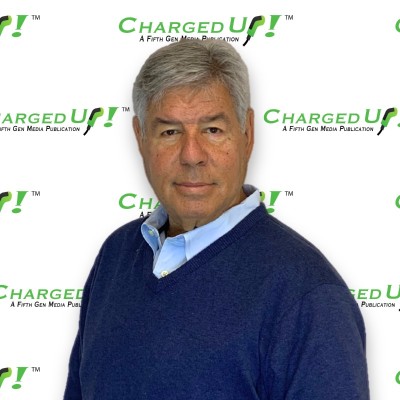Is Charging Expansion Outrunning EV Demand? Read This Before You Build.
- Rich Berliner

- Oct 28
- 3 min read
The headlines don’t line up: the U.S. added thousands of new fast-charging ports in 2025, pushing the total past 60,000—even as automakers warn that EV sales could soften with the end of the federal $7,500 consumer tax credit. That mismatch spooks investors: will new sites sit idle? The short answer: not if you plan like an operator rather than a speculator. Credit to The Wall Street Journal for spotlighting the build-out surge and to public datasets that confirm the pace.
What the Headlines Actually Mean
Supply is finally catching up. Two years of policy and capital have translated into steel in the ground: more ports, better coverage, and real redundancy. (WSJ pegs fast-charging growth at ~80% over two years.)
Demand just hit a policy air pocket. With the federal credit having expired in September, forecasters expect a near-term dip as the market resets from the pull-forward rush in Q3. Automakers and analysts are already flagging a softer near-term curve.
None of this means “stop building.” It means build smarter: sequence capacity, anchor demand, and price the experience so your utilization grows into the new supply. Public sources show the network is broadening; the winners will be the sites that convert coverage into throughput.
Avoiding Stranded Capex (Without Killing Speed)
Right-size now; pre-wire for later. Trench and set switchgear for your full plan, but energize fewer dispensers on day one. You’ll hit go-live faster and add cabinets as sessions justify it. (AFDC guidance emphasizes phasing and tracking port counts over time.)
Engineer away peak-power pain. Demand charges—not hardware—sink ROI in the early months. Use power sharing, soft start profiles, and battery buffering where tariffs are punitive. This isn’t exotic—national-lab work repeatedly shows tariff + peak control is the line between black and red ink.
Insist on uptime you can sell. Drivers remember first-try starts, not kWh. Bake 99% session success, clear MTTR targets, and on-site spares into contracts. Utilization follows reliability, especially when sales tailwinds wobble.
Pricing & Partnerships That Survive a Slow Quarter
Price the experience, not just electrons. When gas is cheap or credits lapse, customers still pay for minutes saved and certainty: zero queuing, clean bays, lighting/security, and tap-to-pay. Offer an “as-low-as” member rate that’s easy to understand and protects margin with off-peak windows.
Anchor with fleet and workplace demand. Lock predictable kWh with municipal, utility, rideshare, and last-mile partners. Blend schedules so peaks flatten and published prices look friendlier. Q3 sales surges tied to incentives are noisy; fleet contracts are not. (WSJ and S&P report the pull-forward before expiry; build your book for the months after.)
Stack retail value. For small business and retail pads, pair DC fast with validation (10 minutes comped with purchase), loyalty tie-ins, and obvious wayfinding. The customer buys coffee and a clean restroom; the kWh is just the reason to stop.
Where to Build Next (Even If You’re Nervous)
Fill coverage gaps where rivals aren’t. Use Joint Office of Energy and Transportation maps and AFDC station data to find corridors and neighborhoods that are still thin on high-power ports; new supply performs when it cancels range anxiety.
Double down where home charging is weak. Dense multifamily zones, hotels, and workplace clusters deliver reliable repeat sessions, credit or no credit.
Target destinations with natural dwell. Grocery-anchored centers, malls, cinemas, and medical campuses convert 20–40 minute stops into routine charging. That cushions you through sales dips and creates cross-shop lift tenants notice.
What to Tell Your Board
Yes, we’re expanding—deliberately. The national network crossed ~60k fast-charge ports; we’ll focus on sites where reliability, retail adjacencies, and fleet demand stack the odds. (WSJ overview; AFDC confirms growth trend.)
Our capex is sequenced. Pre-wired sites + staged cabinets = faster openings and better IRR under conservative utilization.
Our margins are protected. Contracted fleet blocks, member pricing, off-peak incentives, and demand-charge controls defend posted prices while traffic builds.
We’re using public data to steer. Department of Energy datasets guide coverage, and we’re watching post-credit sales signals from WSJ/Reuters to pace adds.
Bottom Line: Build Like the Tailwind Might Pause
The Wall Street Journal is right: America keeps adding fast chargers even as EV sales face a policy speed bump. That’s not a warning to slam the brakes—it’s a reminder to stage capacity, engineer cost, and anchor demand so your sites earn through the cycle. Expand where coverage is thin, reliability is rare, and retail is strong; price for speed and certainty; and let fleets and memberships carry you through choppy quarters. Do that, and the next headline won’t rattle your plan—it’ll validate why you built it this way.






Comments